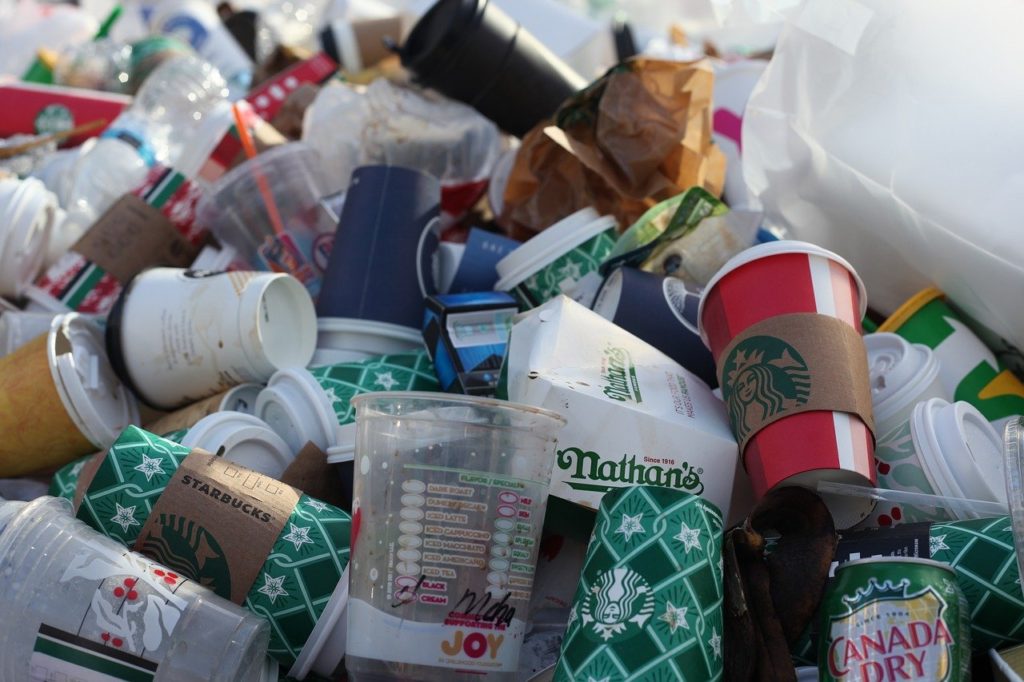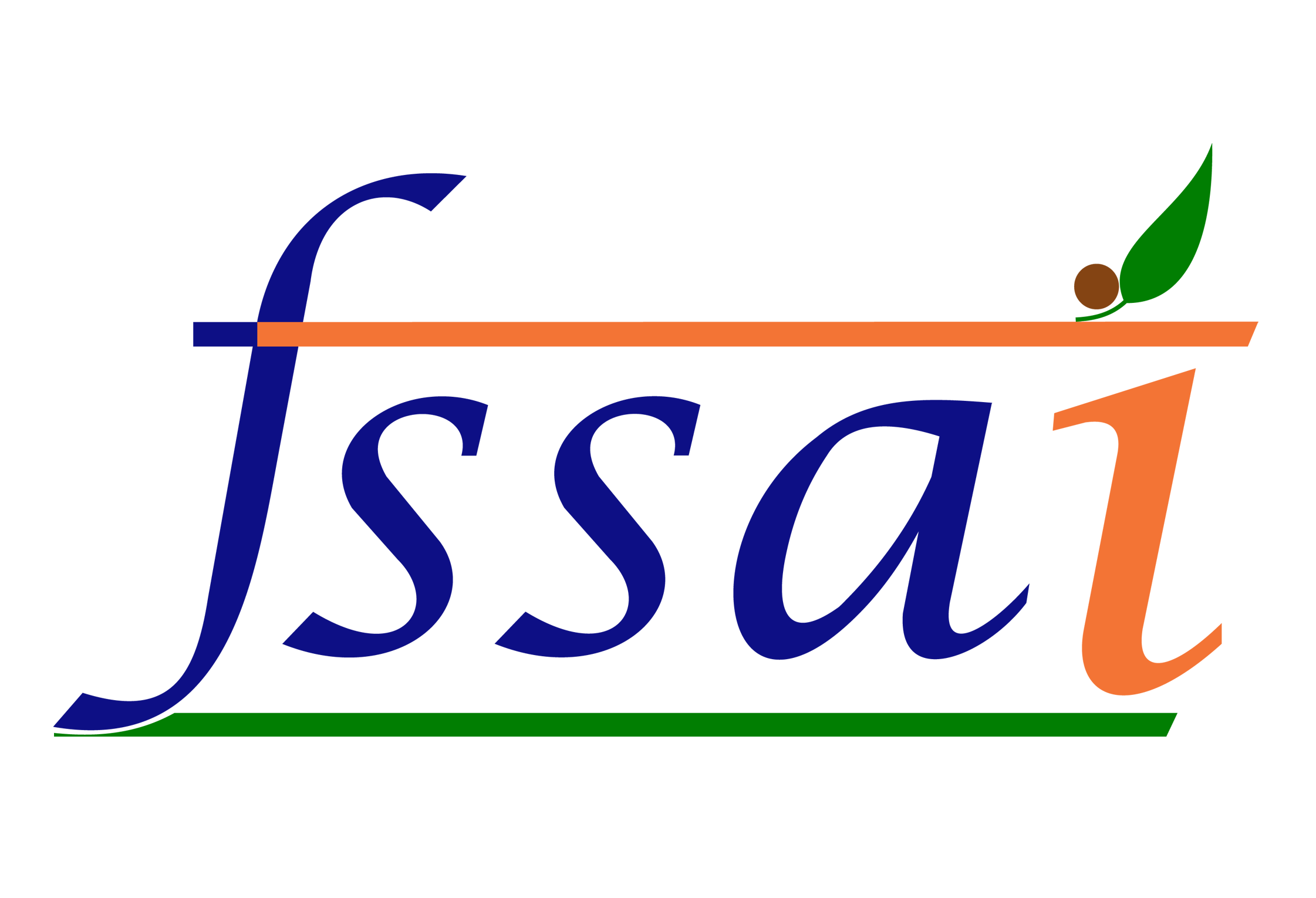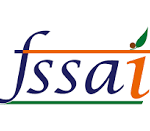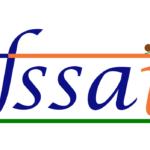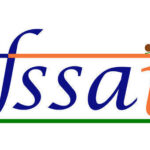Plastic has become ubiquitous. Ocean is flooded with it and it is choking life on land too. Plastic waste is an invisible demon floating in ocean, crawling in ground, and flying in air. As per research 60% plastic produced since 1950 has ended up in landfill or in the natural environment and food is a huge contributor. About 40% of the plastic consumed goes into food packaging.
India generates 9.46 million tonnes of plastic waste and nearly 40 % of it remains uncollected as per Environment ministry, affecting not only human lives but also other living beings.
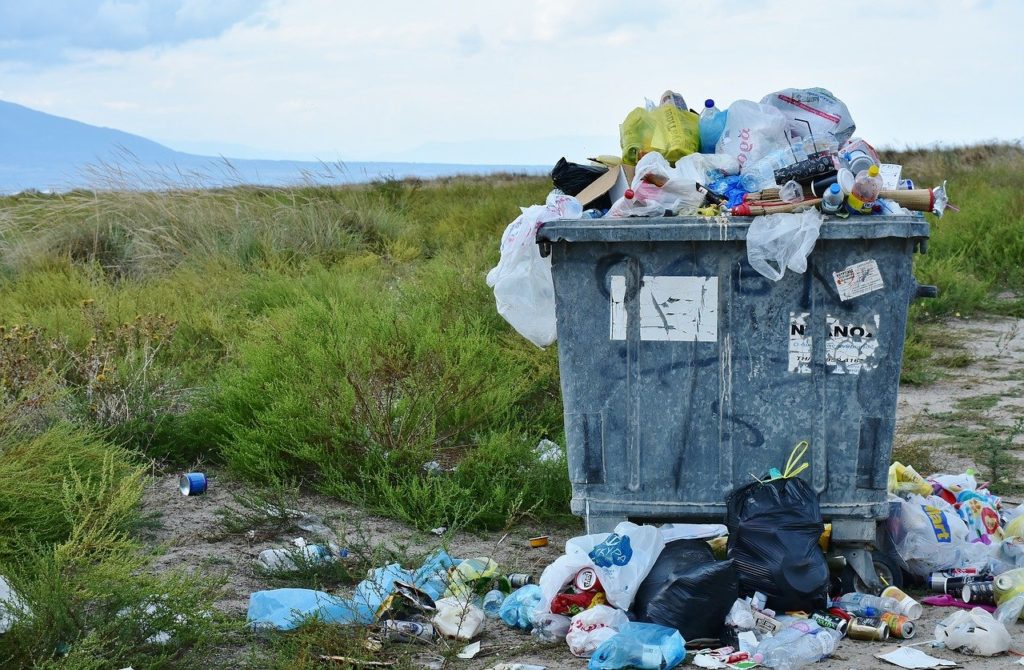
The first attempt to manage the plastic waste came in through the Plastic (Manufacturer, Usage, and Waste Management) Rule 2009, which was brought in under the Environmental Protection Act 1986, but plastics were still not acknowledged as a threat to the environment right until the 2011 amendment. The Plastic (Manufacturer, Usage, and Waste management) Rules, 2009 was amended to add Plastic Waste (Management and Handling) Rules, 2011 laying a skeleton for systematic waste management and channelization waste collection assigning responsibility to local body and considering the collection of waste and monitoring the process. Among other things, this banned the manufacture, storage and distribution of carry bags thinner than 40 microns.
But there still remained a lot to be desired. Plastic Waste Management Rule, 2016 upgraded the requirements by increasing the thickness from 40 to 50 microns to facilitate collection and recycling., expanded the scope of jurisdiction from municipal area to rural area, collect back system were enforced for waste generator where they need to approach local body with an effective waste collection plan. Producer tracking was introduced with state registration, and national registration for producers operating in more than one state and they had to keep a record about the raw material buyer, produced and sold by them. This amendment acknowledged “thermoset “plastic and phasing out multi-layered plastic in two year.
On 27th March 2018 Plastic Waste Management Rule, 2016 was amended again clarifying that the phasing out was for multiple layer packaging if and only if the packaging was “non-recyclable, or non-energy recoverable, or with no alternate use”. Also Rule 15 of the Plastic Waste Management (Amendment) Rules 2018 which required the vendor using carry bags to deposit an amount of Rs. 4000 per month was removed. But an additional requirement for the brand owners to register with the state/national pollution control board/pollution control committee was added.
All these amendments have provided some direction for plastic waste management, but the producer and the consumer is still going scot free resulting in lack of any effective control on the menace.
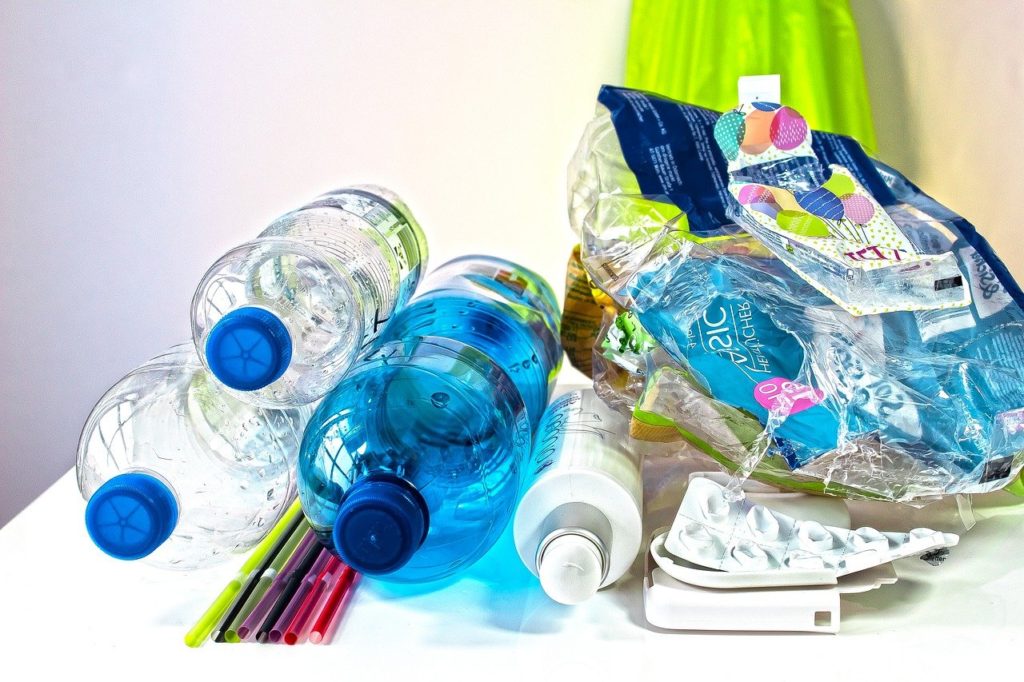
On June 26, 2020 Ministry of Environment, Forest and Climate Change released the draft Uniform Framework for Extended Producer Responsibility (Under Plastic Waste Management Rules 2016), where they introduced two models of extended producer responsibility, namely the Fee based model and Plastic Credit Model.
Fee based models strengthen the 3 main components of the system, Urban Local Bodies, Waste collector and IEC (information, education, and communication), by channelling the amount collected as fees from the producers/importers/brand owner based on normative cost explaining the amount plastic waste generated, and effort and money required to handle their waste. State level advisory board (SLAB) will handle the disbursement of the fund and support the presence of representative of producer/importer/brand owner. This model supports the registration of each component of the EPR system starting from rag pickers, also funds IEC activities. SPCB is also chartered to identify the organization for IEC activities.
The PRO based model and Plastic Credit model has multiple proposal within the model. The backbone of the same is establishment of producer responsibility organization (PRO). The PRO can be self-managed by the industry/producer themselves providing the necessary funding and know how. Producers can independently decide to link up with PRO or handle recycling or recovery of waste through an accredited processor and managing the same with a proof to avail plastic credits. To make this system effective, there can either be product take-back mandate and recycling rate targets, with individual target to be met by companies with a tradable recycling credit scheme, and another with tradable recycling credit with industry wide recycling target. Although it also talks about the voluntary product take back scheme, this could be highly ineffective in a country like India. The draft framework was released seeking stakeholder comment by July 31, 2020 but there has been no further news on this. This is understandable because there must a significant push from the industry who will now be asked to pay for the damage they are doing to the environment. But this needs to be done sooner than later so that the plastic menace can be dealt with at war footing. It is also a great opportunity for the role model organizations to come forward and implement this voluntarily so that they can address the ever rising concerns from the consumer.
About the Author: Disha Majhi, is a Senior Associate Consultant at Food Safety Works. She is an expert in the milk/dairy segment and cares deeply about the environment impact of the packaging.

